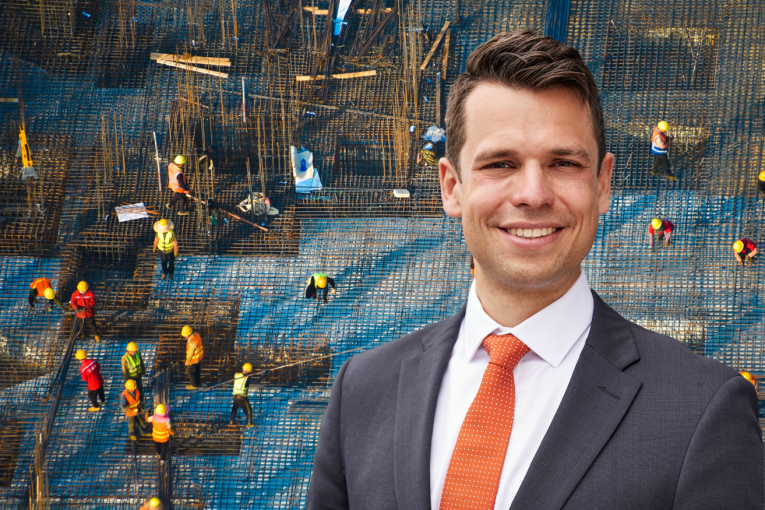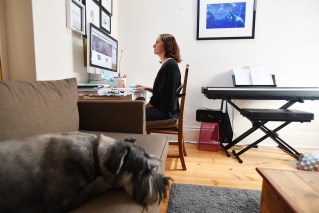Raising childcare subsidy would boost GDP by $11 billion: Grattan


A new report has called on the government to increase childcare subsidies to boost female workforce participation. Photo: Getty
Mums would earn an extra $150,000 over their working lives if the federal government spent another $5 billion on annual childcare subsidies, new research suggests.
Just weeks after the federal government scrapped its free child care policy, the Grattan Institute has argued in a new report that slashing the cost of child care would help lift the country out of recession by enabling more women to do more paid work.
Grattan argues that raising the Child Care Subsidy for low-income families from 85 per cent of costs to 95 per cent would boost GDP by $11 billion a year but only cost the federal budget $5 billion.
CEO and report lead author Danielle Wood said it was “a win-win”.
“It would boost the economy and give Australian women enhanced life choices,” she said.
It should be central to the government’s plans for lifting Australia out of recession.”
Under Grattan’s proposal, the subsidy would be paid in full to households with annual income of less than $68,000 and gradually tapered for households earning above that threshold.
Almost two-thirds of families (60 per cent) would pay less than $20 per day per child and Grattan claims “no family would be worse off”.
The think tank argues the changes would lead to a 13 per cent increase in the number of hours worked by second earners with young children – increasing annual GDP by $11 billion and “boosting lifetime earnings by a typical mother by about $150,000”.
Grattan Institute fellow Kate Griffiths said making the change was more important than ever, as women have borne the brunt of the recession and continue to do most of the chores at home.
“Right now, we’re already seeing that much of the COVID burden – whether it be job losses or the unpaid workload, the home schooling et cetera – is falling on women, and this is something practical that could be done to provide support,” Ms Griffiths told The New Daily.
The report says raising the subsidy is crucial to unlocking Australia’s economic potential as current tax settings, combined with high childcare costs, mean it’s often financially irrational for second earners to work more than three days a week.
This is reflected in the workforce disincentive rate, which refers to the proportion of an income lost through higher taxes, lost family benefits, and higher childcare costs from working an additional day of work.
Under current arrangements, Grattan says the workforce disincentive rate for second earners, irrespective of their salary, is “more than 50 per cent for days 2 and 3, and between 65 per cent and 110 per cent for a fourth or fifth day”.
An average-earning couple with two young children in Australia spends on average 17 per cent of their income on full-time net childcare costs – well above the OECD average of 11 per cent.
“And Australia’s high out-of-pocket childcare costs bite even harder now for families that have lost jobs or hours because of the COVID crisis,” Ms Wood added.
But while the report says the government should slash childcare costs to boost workforce participation, it stopped short of calling for universal free child care and described a subsidy increase as more realistic.
This is mainly because introducing free child care overnight would lead to such a massive boost in demand that providers would struggle to cope, Ms Griffiths said.
Providers would need more time to hire and train more staff to prevent standards from falling – and the government would be reluctant to spend the money necessary to introduce free care across the board.
But the government could make life easier for parents in other ways, Grattan said.
As it stands, the birth mother of a newborn child can access 18 weeks’ paid parental leave via government’s Parental Leave Pay scheme, while fathers can access two weeks’ pay via its Dad and Partner Pay scheme.
Grattan wants the government to change this system to provide greater flexibility to parents, while encouraging fathers to spend more time with their children during the first year of a child’s life.

Alastair Noakes said he exhausted all his leave entitlements to spend time with newborn Max.
Greater flexibility and choice
At a cost of $600 million a year to the federal budget, the system proposed by Grattan would give each parent six weeks’ leave at minimum wage, plus an additional 12 weeks to share between them.
Social worker Casandra Noakes, 33, and her lawyer husband Alastair, 32, had their first child, Max, less than a month ago.
They said Grattan’s proposed scheme would have made a world of difference to them.
“It would have been nice to be able to be a little bit creative about how we did it and how we stayed home, because we don’t necessarily need to be both home, that entire time,” Mrs Noakes told The New Daily.
“And it also then creates an opportunity for each of us to have our own time with him, and do our own special things and bond with him in our own different ways – and I think that’s super important.
“That’s the part that’s really undervalued for dads – it’s always expected that mums will stay at home.
“In the majority of cases, probably 90 per cent or more, the mum will stay home with the child.
“But how amazing is it when dads get to actually be home and spend that time with their kid? It’s just incredible.
“So I think that would have been something that we definitely would have talked about and taken advantage of.”
Mr Noakes added: “And if [Grattan’s scheme] was available, I wouldn’t have exhausted every bit of leave that I have – because right now I have no buffer.










